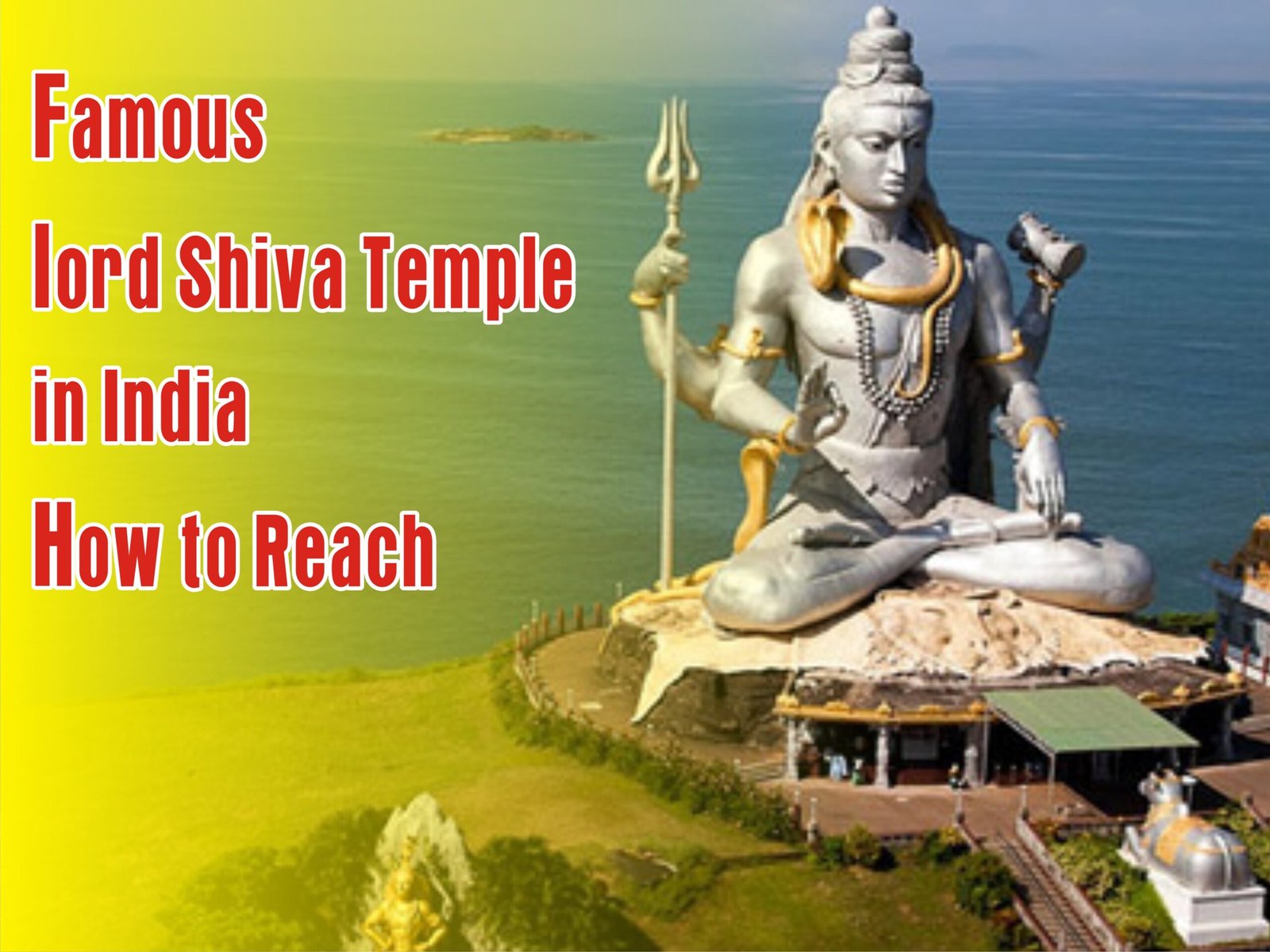Varanasi is the spiritual capital of India and, as such, is home to countless temples and religious ghats. While many of these temples are renowned all over the country, others are not so popular. Chandrakoop is one such little-known place of reverence in the ancient city. It is this temple and its religious importance we shall focus on.
All you need to know about Chandrakoop Varanasi
Chandrakoop or Chandra Koop is actually a well. However, unlike other well, it is not a mere water source but has great spiritual importance that is unknown to most, including many locals.
The Chandra Koop well is a part of the Siddheshwari temple in the Siddheshwari Mohalla, close to the Vishwanath Gali. Siddheshwari temple is very close to the Kashi Vishwanath Temple too, and it is very popular as it is home to the Chandreshwar Ling.
The Chandreshwar Ling, according to Hindu mythology, is one of the nine Shiva Lings that are part of the Navgraha Shiv Lings. Especially during the Poornima and Amavasya (full moon and new moon days), unique prayers are offered on the temple premises, and hundreds attend them. You can visit it between 6 am to 9 pm period to pray comfortably at the temple daily.
Within the Siddheshwari temple, Ii is located on the same temple premises as the Chandreshwar Ling, one of the nine most important idols. They are a must-visit place for praying for any Lord Shiva devotee.
The ling and Koop are thus worshiped together. Merely peering in the well can cleanse one’s mind, body, and soul.
What sets this well apart is the belief that this well can predict your future. Well, not entirely, but you can learn whether you are about to die in the near future. Hence it is sometimes called future predictor well.
The name of the well, ‘Chandra Koop,’ is two words Chandra (which means moon) and Koop (which means a well). Chandra here is the Moon god in Hinduism. According to the mythical legend, this deity was a great devotee of Lord Shiva and dug the well to show his dedication. He prayed for several years so persistently and selflessly that Lord Shiva finally decided to appear. Lord Shiva thus blessed the place with his cosmic presence.
If the myth is to be believed, the well might actually be older than the divine river Ganges. You must drink water from it to complete the pooja.
Okay, now that we have covered mythology, let us answer the question everyone must be curious about. How can a well tell you when you are about to die?
Well, you must first reach the temple (preferably have the Darshana) and then head to the compound where the well is located. Now peer down at the water in it. The chances are you will be able to see your shadow in it. However, if you do not see your shadow, well, then you are close to the end of your life. How long? According to locals, no more than six months.
Frequently Asked Questions (F.A.Q.s)
There are several questions that the readers may have about Chandrakoop Varanasi and its spiritual importance. The following are some of the most Frequently Asked Questions (F.A.Q.s):
Question: How to reach Varanasi?
Answer: As the great spiritual capital of not only Uttar Pradesh but India, Varanasi enjoys good connectivity with the rest of the country and the world. You can reach it:
By Air: The Lal Bahadur Shastri International Airport (V.N.S.) is located within Varanasi itself and receives regular domestic and international flights. You can easily fly directly to Varanasi from all major Indian cities, including Delhi, Mumbai, Kolkata, and Bengaluru, as well as from a few international destinations.
By Train: Varanasi Junction (B.S.B.) is Varanasi’s main railway station and is well-connected to various major cities across the country. Many trains, including several express and superfast trains, operate to and from Varanasi. You can easily check the availability of trains and book tickets through the official website of the Indian Railways or any other reliable ticketing platform.
By Road: Varanasi also has excellent road connectivity with all neighboring cities and states. National Highway 2 (NH2) passes through Varanasi and makes it easily accessible by road. You can easily reach Varanasi by private car, taxi, or bus from all nearby cities like Allahabad, Lucknow (capital of Uttar Pradesh), and Patna. Regular bus services are also available from different parts of Uttar Pradesh and other states as well.
Question: How to Reach Chandrakoop once you reach Varanasi?
Answer: To reach the well, you must first reach the Siddheshwari Devi Temple. This temple is located in the Siddheshwari Mohalla, close to the Vishwanath Gali. You can use public transport, auto-rickshaws, taxis, or a private vehicle to reach the address. From the crossing, you can move towards the Kashi Vishwanath Temple Gate No. 4. However, instead of stopping there, you must keep moving northward till you reach the Raja Katra Chowk. From the intersection right after you cross the Raja Katra Chowk, you can turn right, and after a few steps, the temple will be on your left side. From there, you must explore the temple and look for the Chandreshwar Ling and Chandra Koop in the interior.
Question: How long will it take to explore this temple?
Answer: A couple of hours will suffice to explore this temple.
Question: When to visit this temple?
Answer: Like with all temples, visit during auspicious occasions if you are spiritual. In this case, Shivratries in particular and New Moon days and full moon days are such occasions.
Do share your thoughts, comments
